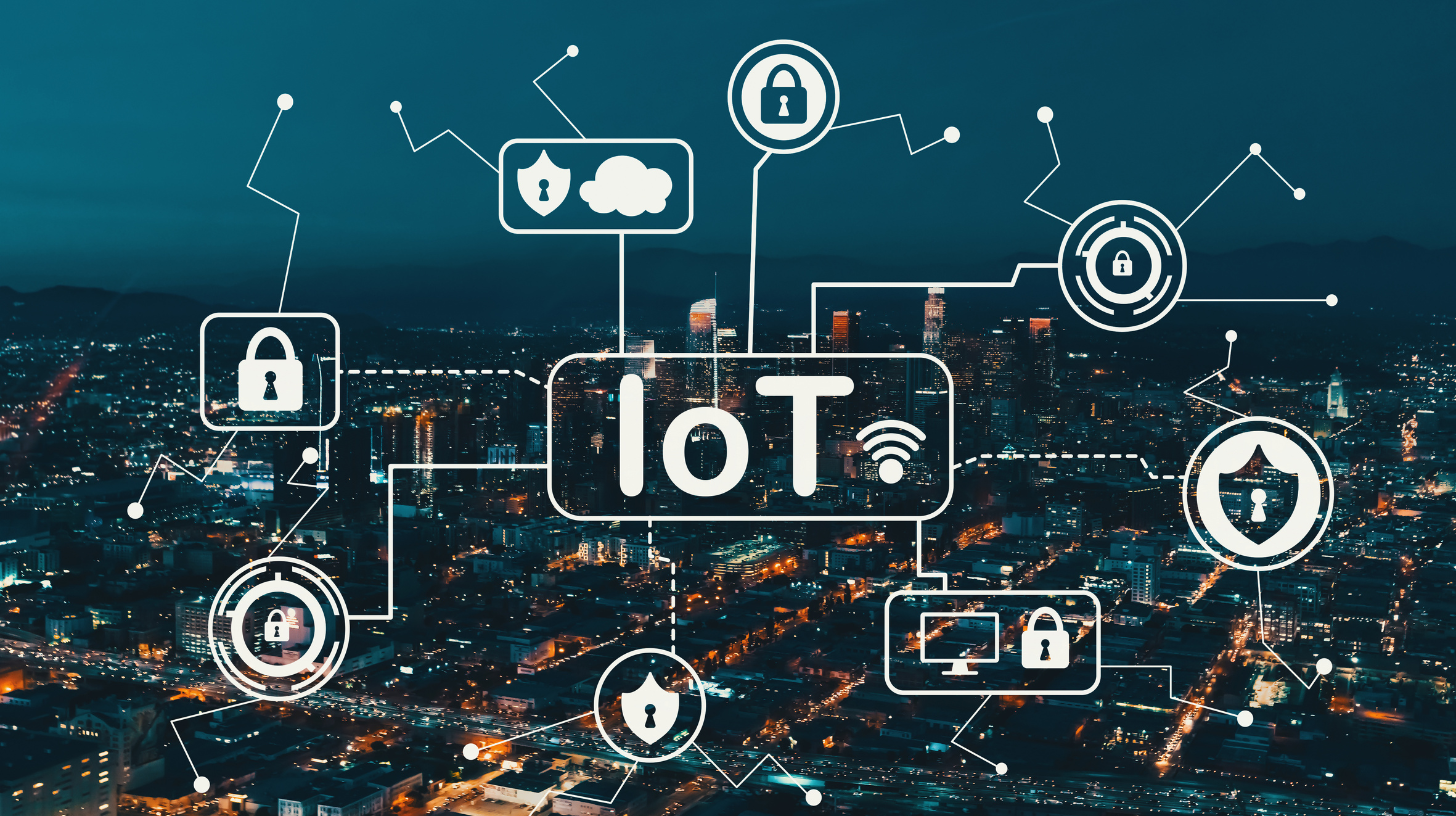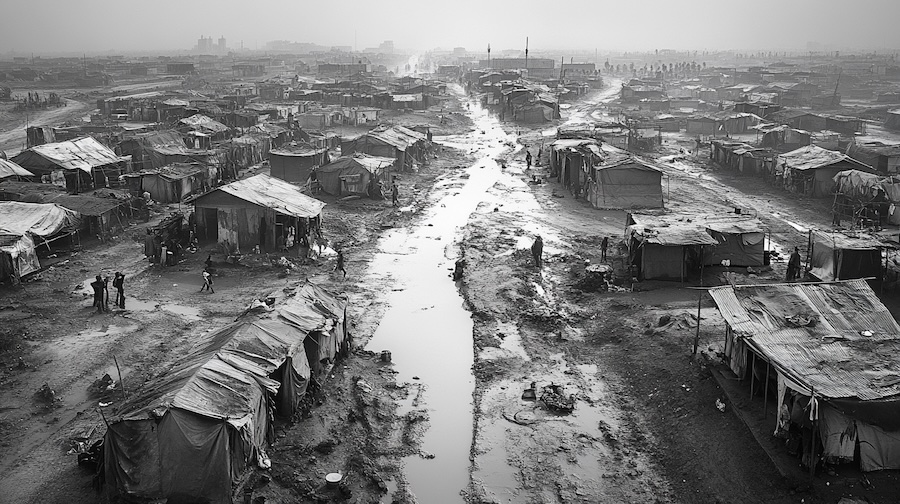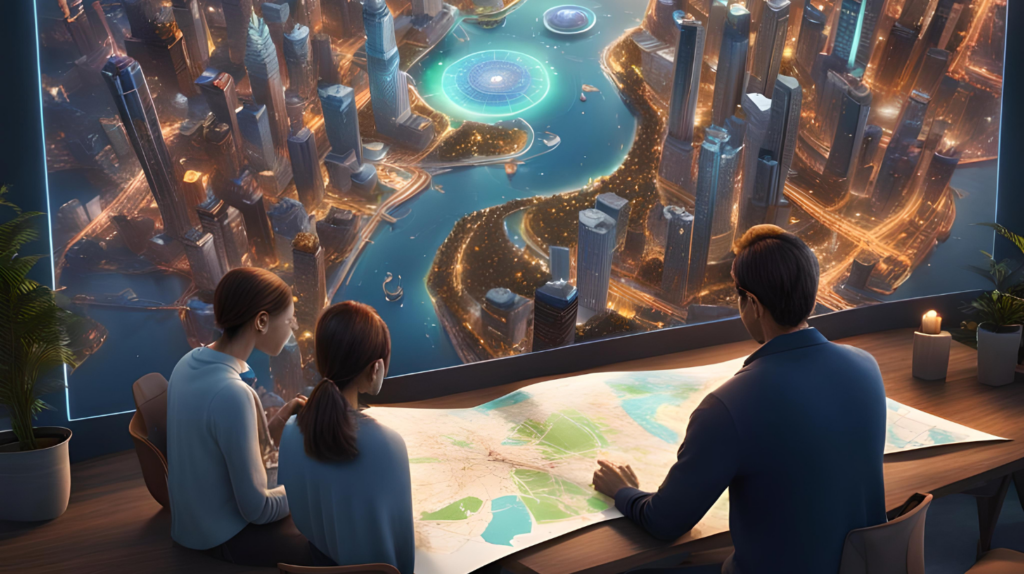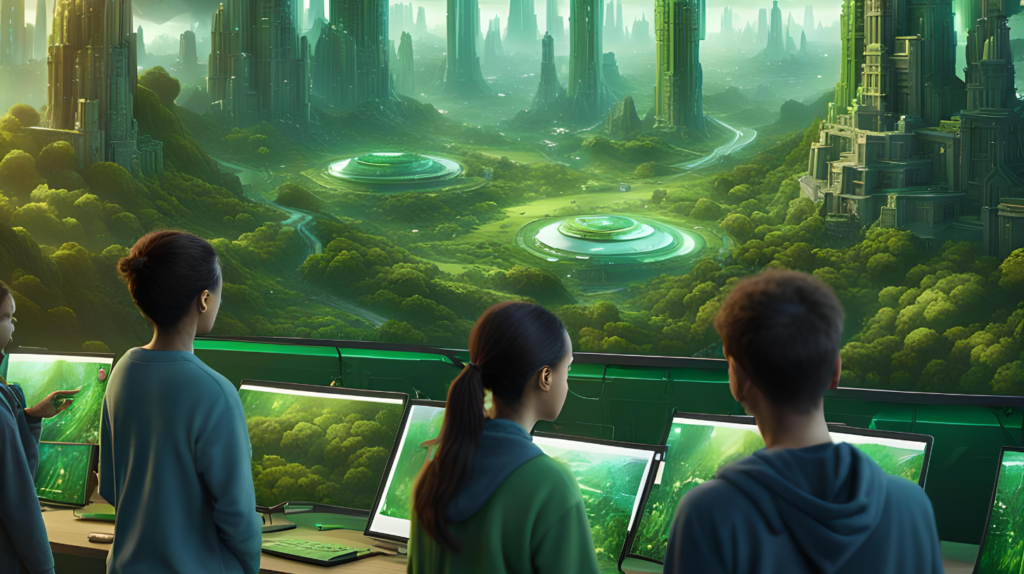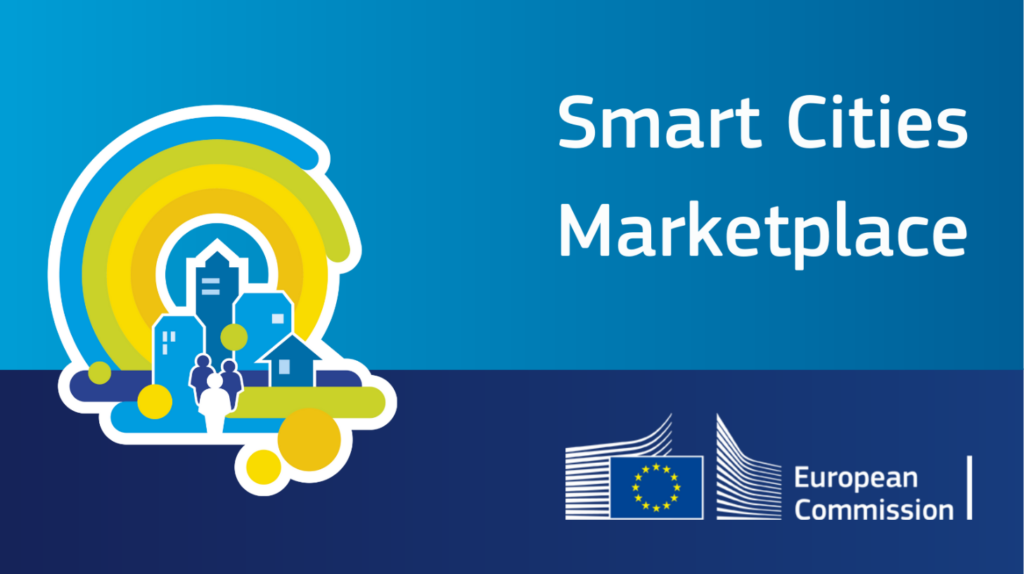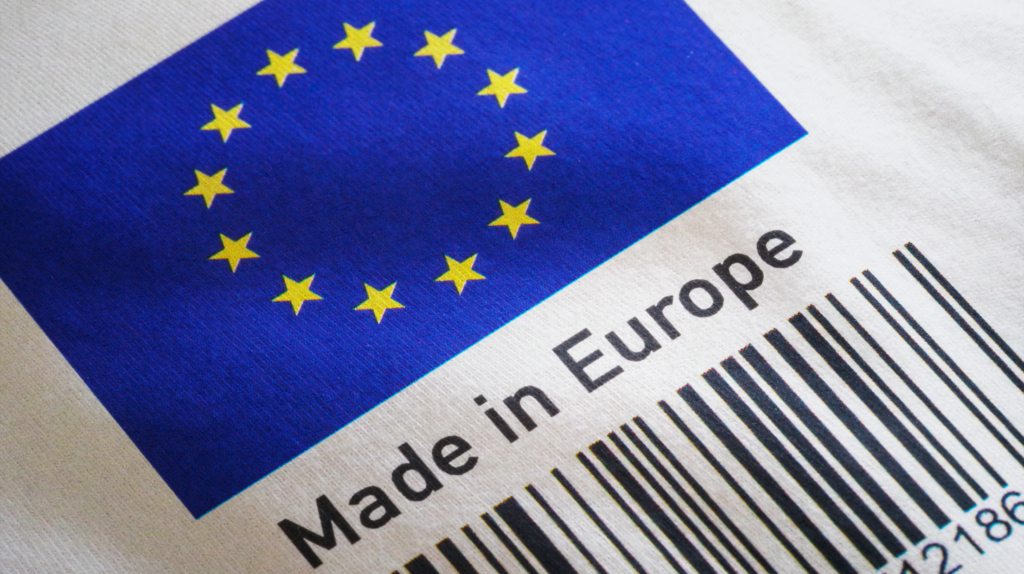The Green Cities consortium developed the blog post “Smart Living Conditions: Enhancing Modern Living” under the EU-Funded Project Youth Participation for Developing Sustainable Green Cities (reference number: 2022-1-DE04-KA220-YOU-000085135). L4Y Learning for Youth GmbH is leading the project alongside partners Citizens in Power, Toplum Gönüllüleri Vakfı, Kean, Walktogether, and Kaán Károly Környezetvédelmi Egyesület.
This blogpost is based on the training content developed for the Green Cities project. For more content like this, click here. If you would like learn more about the topic, we suggest enrolling in our free online training course. In the platform, you will also find the full list of references and extra suggested reading material.
To keep up to date, follow our YouTube Channel, as well as our X and Instagram social media pages.
Introduction
Smart living conditions are vital to creating sustainable, green cities. They combine technology, sustainability, and design to form intelligent, adaptive urban environments. Moreover, from energy-efficient buildings and smart infrastructure to innovative community spaces, the goal is a harmonious coexistence between residents and their surroundings. Additionally, by leveraging technology, smart home solutions aim to enhance life quality, promote sustainability, and foster well-being within urban communities.
The Evolution of Smart Living Conditions
Smart living conditions strategically integrate technology and sustainable practices to optimize urban spaces. Consequently, this approach enhances efficiency, reduces environmental impact, and elevates life quality for city residents. Furthermore, the concept dates back to the late 19th century, focusing on improving urban living conditions. However, advanced technology integration became prominent in the late 20th century with digitalization. Moreover, the 21st century saw a transformative shift as smart technologies, IoT, and data analytics began shaping intelligent living environments.
Key Components of Smart Living Conditions
Smart living conditions consist of several essential components that enhance urban life quality:
- Smart Infrastructure: Systems like smart grids, efficient waste management, and integrated transportation networks optimize resource usage and contribute to urban sustainability.
- IoT Integration: The Internet of Things (IoT) connects everyday devices, enabling real-time data collection and analysis. This connectivity enhances efficiency, convenience, and energy conservation.
- Energy-Efficient Buildings: Intelligent designs integrate energy-efficient technologies such as smart lighting, heating, and cooling systems. Therefore, these features minimize environmental impact and reduce costs for residents.
- Smart Home Automation: Technologies like smart thermostats, security systems, and appliances provide residents with greater control, creating a personalized and responsive environment.
- Environmental Sustainability: Practices like waste reduction, water conservation, and green spaces aim to minimize urban ecological footprints.
Benefits and Challenges of Smart Living Conditions
Smart homes offer numerous benefits that significantly enhance urban living:
- Improved Comfort: Smart thermostats and home automation create personalized, efficient environments.
- Energy Efficiency: Sustainable practices and smart infrastructure reduce energy consumption.
- Community Engagement: Communal spaces and technologies foster social connections and community involvement.
However, implementing smart home solutions presents challenges:
- High Initial Costs: Advanced technologies require significant investment.
- Infrastructure Upgrades: Comprehensive upgrades are necessary to support smart technologies.
- Data Privacy and Security: Ensuring privacy and security in interconnected environments is critical.
Successful Implementations: Real-World Examples
Dubai’s Smart City Initiative integrates smart buildings, autonomous transportation, and services like the Smart Dubai app, enhancing resident experiences through seamless services and energy-efficient infrastructure.
Barcelona’s Smart City Initiatives use IoT sensors in public spaces, smart street lighting, and a comprehensive urban mobility plan, leading to enhanced energy efficiency, reduced congestion, and increased community engagement.
Songdo, South Korea features smart grids, sensor-based waste management, and an extensive green transportation network, showcasing energy-efficient buildings, advanced healthcare facilities, and sustainable urban development.
Conclusion
In conclusion, smart living conditions represent a crucial step towards creating sustainable, efficient, and comfortable urban environments. Integrating advanced technologies and sustainable practices enhances life quality for residents while addressing environmental concerns. As more cities adopt these strategies, the future of urban living looks promising, ultimately paving the way for a more resilient and connected world.
